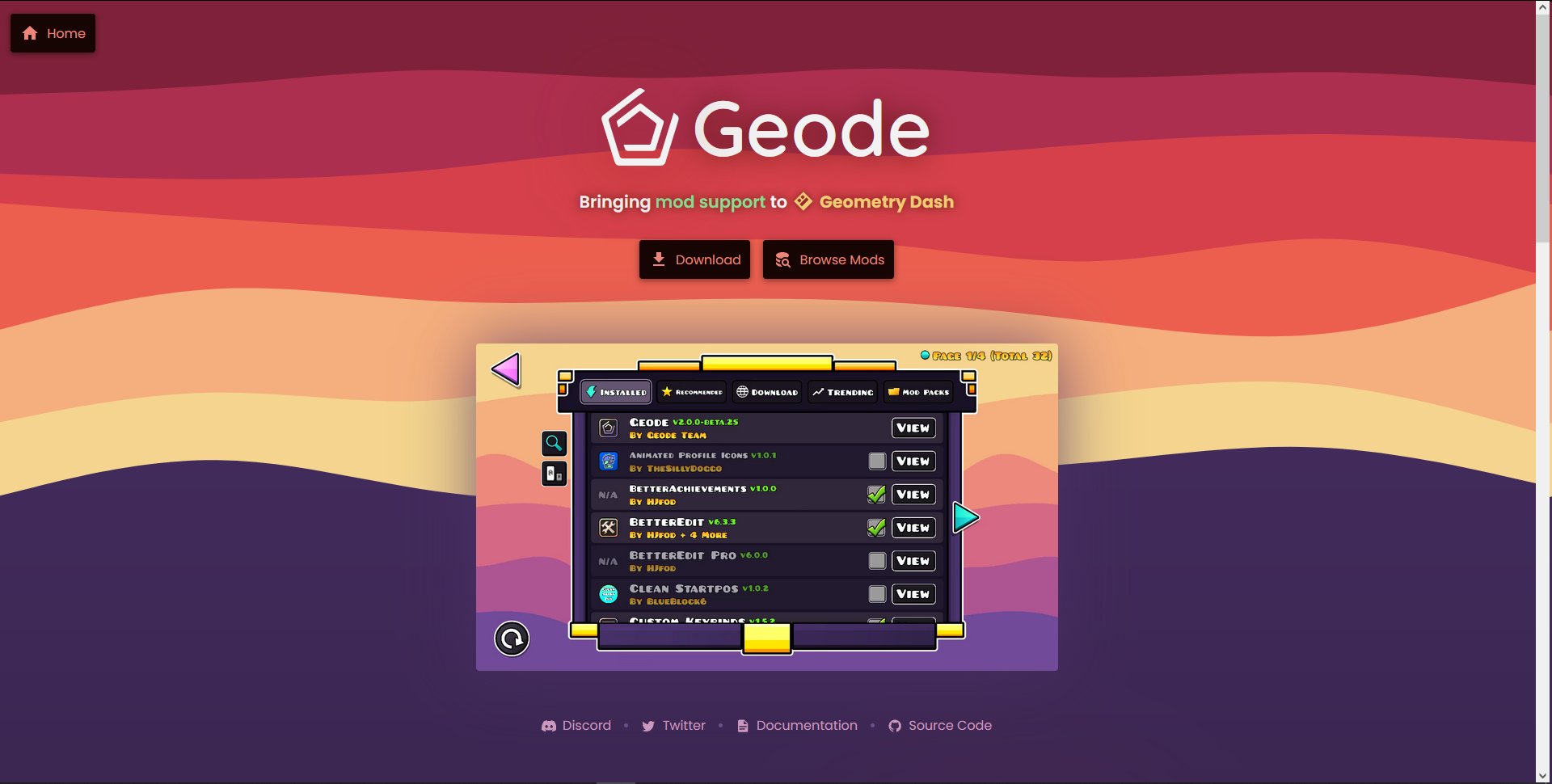In the most basic terms, YouTube has one goal for your video: to show it to people who want to see it.
This lesson will cover mostly theory. As such, you will not learn many specific strategies to help you go viral. However, we still recommend reading this lesson to gain context for the rest of the course.
YouTube will start by showing the video to your most hardcore fans. If they like it, they will show it to new viewers. If they like it, they will show it to an even bigger audience. If they like it... you get the point.
How Videos "Die"
The issue strikes when YouTube shows the video to an audience that doesn't like it. If this happens, YouTube won't be so quick to push the video beyond them. This is how videos "die."
Quick sidenote: It's worth noting that videos never truly "die." Even if YouTube stops pushing it to a bigger and bigger audience, most videos will still gain views over time, even if at a slower rate than when they were going viral.
How Videos Go Viral
In viral videos, YouTube keeps pushing the video to bigger and bigger audiences. But here's the catch: each time new audience YouTube shows the video too will have higher and higher standards.
For example: it might be easy to get your current fans to watch your video. But it will be harder to get new viewers to watch your video. For each new audience YouTube shows your video to, it gets harder and harder to get them to watch your video.
Viral videos go viral because they keep hitting bigger and bigger audiences while still convincing them to watch the video.
We will go over how to convince potential viewers to watch your video in the 5 steps to success. For now, just understand that viral videos are good at this.
Your Goal
Your goal is to make a video that will intrigue a large amount of people. If its only interesting to your existing fans, then it won't go viral because new viewers won't enjoy it.
So you might think the goal is to make a video for the biggest possible audience. However, there is one disadvantage that small channels have, and that's competition.
We will discuss this in the next lesson.















